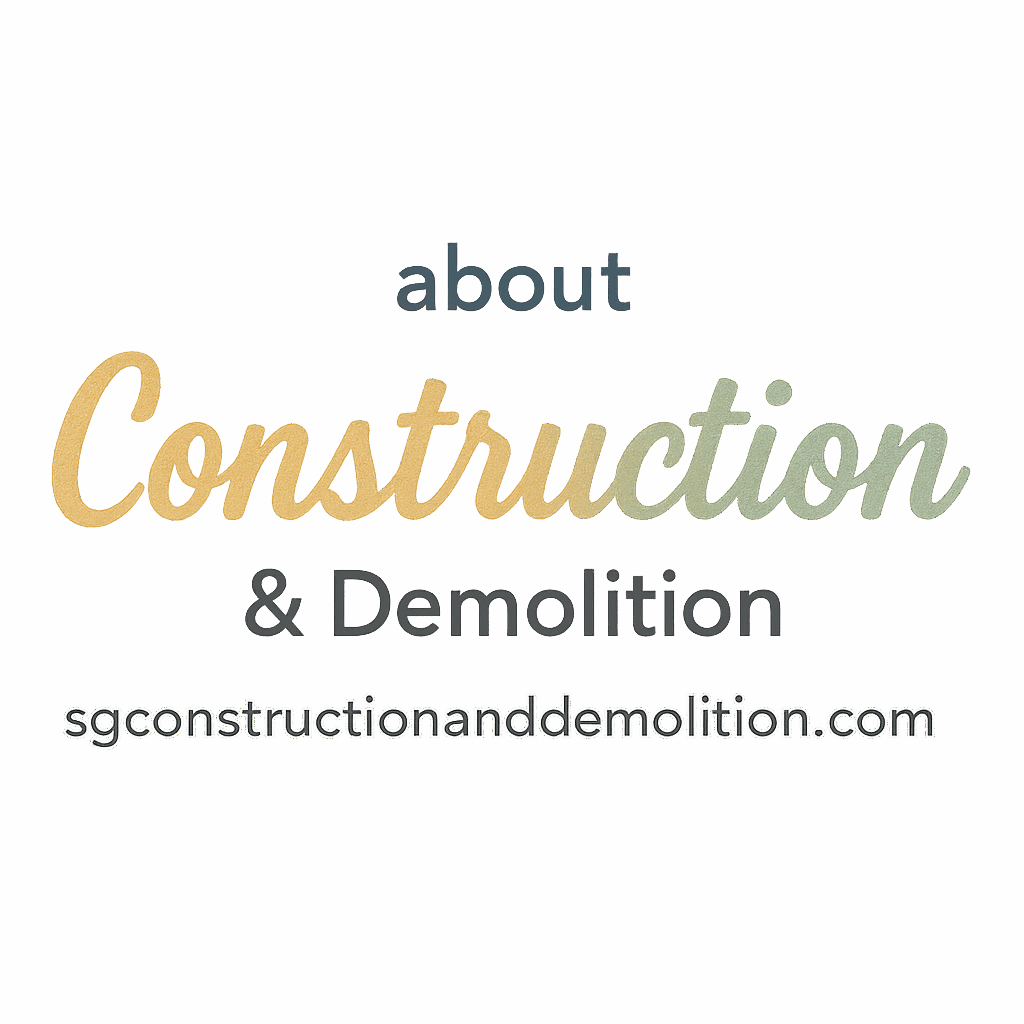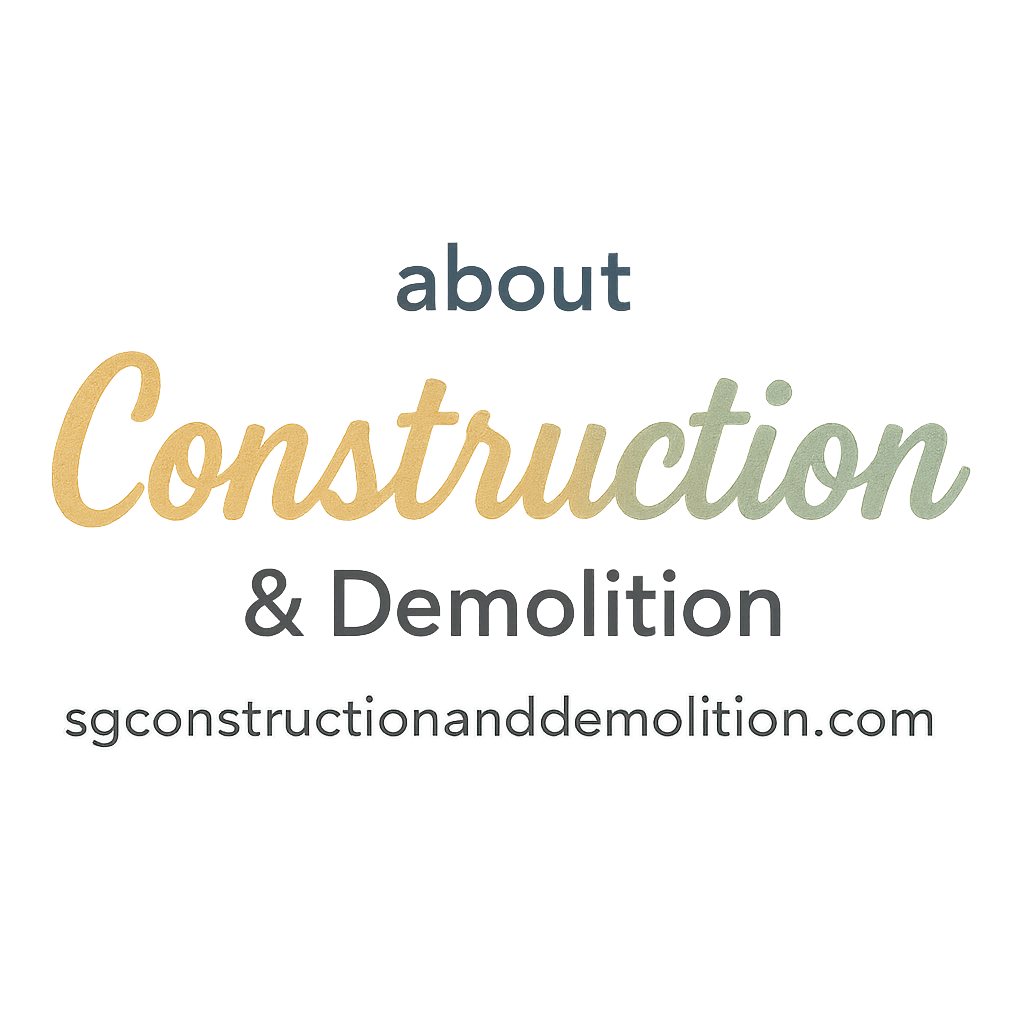Introduction
Working on a construction site can be rewarding, but let’s not sugarcoat it — it’s also risky. Whether you’re a seasoned pro or just stepping into the field, being aware of common hazards can make all the difference. In this article, we’re breaking down the top 8 construction site hazards to watch out for, so you can stay safe and help others do the same.
This isn’t just about ticking boxes for safety compliance. It’s about coming home in one piece at the end of the day. Let’s get right into it.
1. Falling from Heights
Falls are a leading cause of injuries and fatalities in construction. And they’re almost always preventable.
Common Causes of Falls
Working on scaffolding, ladders, or rooftops without proper fall protection is a recipe for disaster. Sometimes it’s as simple as a misstep or loose board. Other times, it’s due to poor planning or rushed jobs.
This is where proper planning is vital. Check out our resource on planning and safety to avoid these missteps from the start.
How to Prevent Falls
- Always use fall arrest systems
- Inspect ladders and scaffolds before use
- Train workers on working-at-height protocols
- Keep surfaces dry and clutter-free
Want to dig deeper into construction fundamentals? Visit construction basics to build a strong foundation.
2. Electrical Hazards
Electricity is all around us on-site, powering tools and lighting the way — but it’s also one of the deadliest hazards if mishandled.
Spotting Electrical Dangers
Live wires, faulty equipment, or improper lockout/tagout procedures can lead to electrocution. You’d be surprised how often workers underestimate the power of a simple wire.
Stay informed by exploring our tag on electric safety.
Safe Practices Around Electricity
- Inspect cords and plugs before use
- Use ground-fault circuit interrupters (GFCIs)
- De-energize circuits before maintenance
- Wear rubber-soled boots and gloves
Learn about the tools that help reduce these risks under tools and equipment.
3. Hazardous Materials Exposure
Construction sites often deal with a cocktail of hazardous materials — from asbestos and silica dust to solvents and lead-based paints.
Chemicals & Airborne Contaminants
Inhaling dust and fumes can lead to chronic illnesses. And skin contact with chemicals? That can mean burns, rashes, or worse.
This is a huge part of modern construction myths. Visit construction myths to debunk common misconceptions.
Personal Protective Measures
- Always wear appropriate PPE (gloves, respirators, goggles)
- Follow material safety data sheets (MSDS)
- Use ventilation systems when indoors
We also cover this in more detail under green smart trends for a more sustainable approach to hazardous materials.

4. Slips, Trips, and Falls
Not all falls are from high places. Some of the nastiest injuries happen from ground-level slips.
Common Tripping Hazards
Loose cords, wet floors, uneven surfaces, and debris scattered around the site are culprits.
Keeping Pathways Clear
- Maintain clean work areas
- Clearly mark uneven terrain
- Use slip-resistant mats or coatings
This one’s especially important for beginners just getting used to navigating active sites.
5. Machinery and Equipment Accidents
Ever seen a backhoe in action? It’s a beast. And when machines go wrong — they go really wrong.
Equipment Safety Protocols
- Conduct regular maintenance checks
- Always double-check controls before operation
- Never bypass safety guards
Check out more on this under equipment and tools and equipment.
Proper Operator Training
- Only licensed workers should handle heavy machinery
- Provide refresher training regularly
- Use spotters during large machine operations
Heavy equipment requires focus, which you can learn more about through smart tech integration strategies.
6. Fire and Explosion Risks
Construction sites are often filled with flammable materials and exposed electricals. One spark, and you’re in serious trouble.
Flammable Materials on Site
Paint thinners, adhesives, propane — they’re all common. But stored incorrectly, they’re ticking time bombs.
Fire Safety Measures
- Store flammable items properly
- Keep fire extinguishers accessible
- Train workers in fire response drills
Stay updated with construction trends to keep your fire safety standards current.
7. Structural Collapses
This is one of the scariest hazards out there. Whether it’s a partially built wall or trench, collapses can happen in the blink of an eye.
Risky Construction Phases
- Demolition and excavation phases are especially risky
- Incomplete framing can give way under pressure
Read more about demolition techniques and how to stay safe during takedown.
How to Minimize Collapse Risks
- Perform engineering inspections regularly
- Use proper shoring and bracing methods
- Monitor load distribution
Structural stability is a critical part of construction methods that can’t be overlooked.
8. Noise and Vibration Hazards
Sure, construction is noisy — but prolonged exposure can cause real damage.
Long-term Effects of Noise
Hearing loss is common in construction workers. It sneaks up slowly, often unnoticed until it’s permanent.
Vibration-Related Injuries
Hand-arm vibration syndrome (HAVS) is another real concern from prolonged use of power tools.
Explore more about this through our power tools section.
- Use hearing protection always
- Limit tool usage time
- Rotate tasks to reduce exposure
Conclusion
Construction is never without risks. But the more you know, the safer you’ll be. These 8 construction site hazards to watch out for are just the beginning. Stay proactive, stay alert, and never underestimate the importance of good planning and communication.
For more expert insights, tools, techniques, and updates, visit the main site at SG Construction and Demolition. Whether you’re starting out or managing large projects, there’s always more to learn — and more ways to stay safe.
FAQs
1. What is the most common hazard on a construction site?
Falls from heights are the most common and deadliest construction hazard, often due to lack of fall protection.
2. How can I stay safe around heavy equipment?
Ensure only trained operators use the machines, always inspect before use, and never bypass safety guards.
3. Are all construction materials hazardous?
Not all, but many can be — especially chemicals, dust, and solvents. Always check MSDS and wear proper PPE.
4. How does smart tech help improve construction safety?
Smart sensors and wearables can detect hazards like gas leaks, temperature changes, or equipment malfunctions in real-time. Visit our section on smart tech for more.
5. What PPE should I always wear on-site?
Minimum essentials include a hard hat, safety boots, gloves, goggles, and hearing protection depending on the task.
6. Why is noise considered a hazard in construction?
Continuous loud noise can cause permanent hearing loss and affect concentration, leading to other accidents.
7. Where can I learn more about demolition safety?
Explore demolition techniques to get detailed safety guidelines on takedowns and structural handling.


